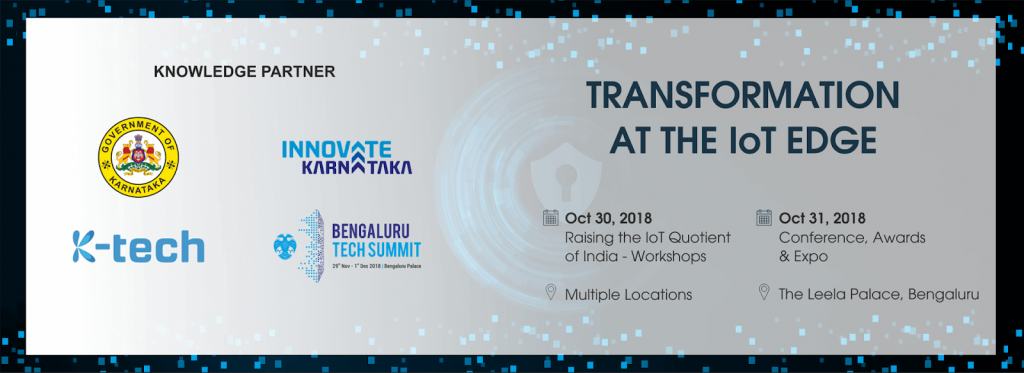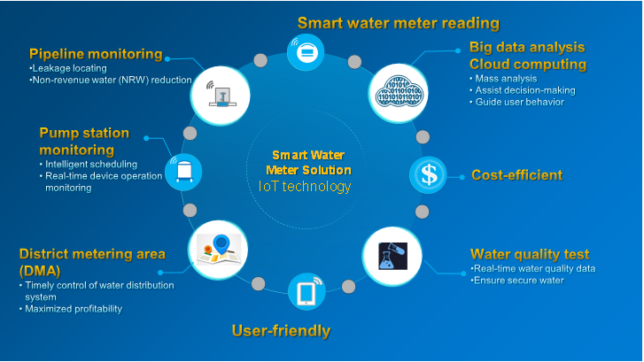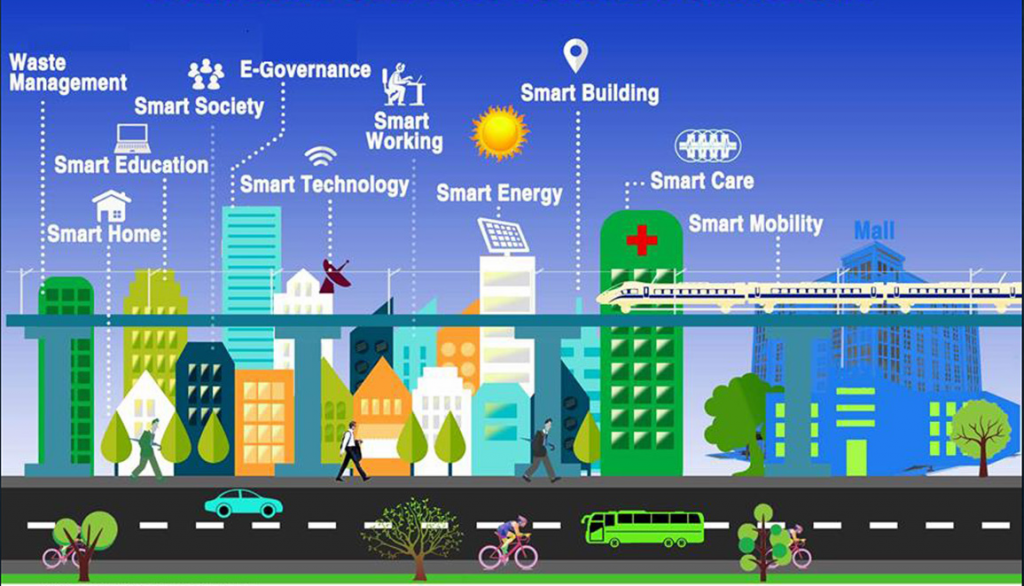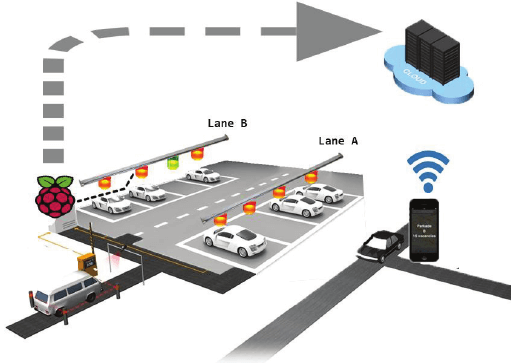IoTNext is a part of the GoK’s effort to bring and support a series of premier technology conferences in Bengaluru. IoTNext 2018 is a part of sub-events leading to the state’s flagship event: Bengaluru Technology Summit, scheduled from October 30th-31st 2018. As a part of the event, various presentations on IoT were made. The topics covered the impact of IoT on blockchains, Industry 4.0 and smart cities. We will see how IoT is going to play a part in smart cities in detail.

Smart City:
Smart cities focus on people’s most pressing needs and on the greatest opportunities to improve lives. It taps on a wide range of approaches – digital and information technologies, urban planning best practices, public private partnerships, and policy change – to make a difference. Smart Cities always put people first.

Water Management:
IOT for Smart Water management process involves the following procedures,
- To set up Potable water monitoring tools to monitor the quality of tap water in all government owned education institutes and public places.
- To set up project for real-time detection of leakages and wastage from factories in rivers and other natural water bodies.
- To set up project for monitoring of water level variations in rivers, dams and reservoirs, for proactive disaster management.

Waste Management:
Deploying smart trash cans for real time waste management system is one of the key applications of a smart city system. Municipal authorities need an efficient way to clear the trash from all public places before it becomes a mess. And this needs to be achieved with the minimum overhead of cost and impact to the city dwellers. LoRaWAN is one of the earlier LPWAN technologies that envisages a city-wide network for keeping track of public infrastructure assets. Once fitted with a BLS device on a trash can, LoRaWAN allows the city authorities to keep a tab on the bins via wireless connectivity.The head of the dustbins can be replaced by a solar power panel which can charge the battery installed in the bins for their proper functioning.

Energy Management:
Deploying wireless sensors network in various cities and connecting it to Database which in turn can be fed into web applications to predict the outcome of models. The data which in turn can be used to set turn on and off time of applications in a building.
In a large building, the following sensors can be used for measuring parameters such as:
- Temperature
- Relative humidity
- Carbon monoxide
- Nitrogen Dioxide
- GPS location

Smart vehicle parking system:
The difficulty people encounter at theatres, multiplexes these days is finding the availability of parking space. Most of the times they need to traverse through multiple parking slots to find a free space for parking. The problem becomes more tedious if the parking are multi-stored. Thus the problem is time-consuming. This situation calls for the need for an automated parking system that not only regulates parking in a given area but also keeps the manual intervention to a minimum. When a car arrives at the entrance, it will be stopped at the main gate and the driver de-boards the car. Using the Android application on his Android device, the user commands the Parking Control Unit to check the Status of available Parking slots, through an SMS. On receiving this command, a search for free slot is carried out and corresponding information is provided to the user, by means of SMS.

Conclusion:
Smart technologies can provide solutions for cities by helping them save money, reduce carbon emissions and manage traffic flows. Government as well as private sectors plays an active vital role in developing new business model and developers are putting their utmost efforts to optimize the technology so it can reach the end user with ease. So , it’s a positive sign that as a collective society we are making progress in the human revolution and technology is creating impactful progress in the right direction.